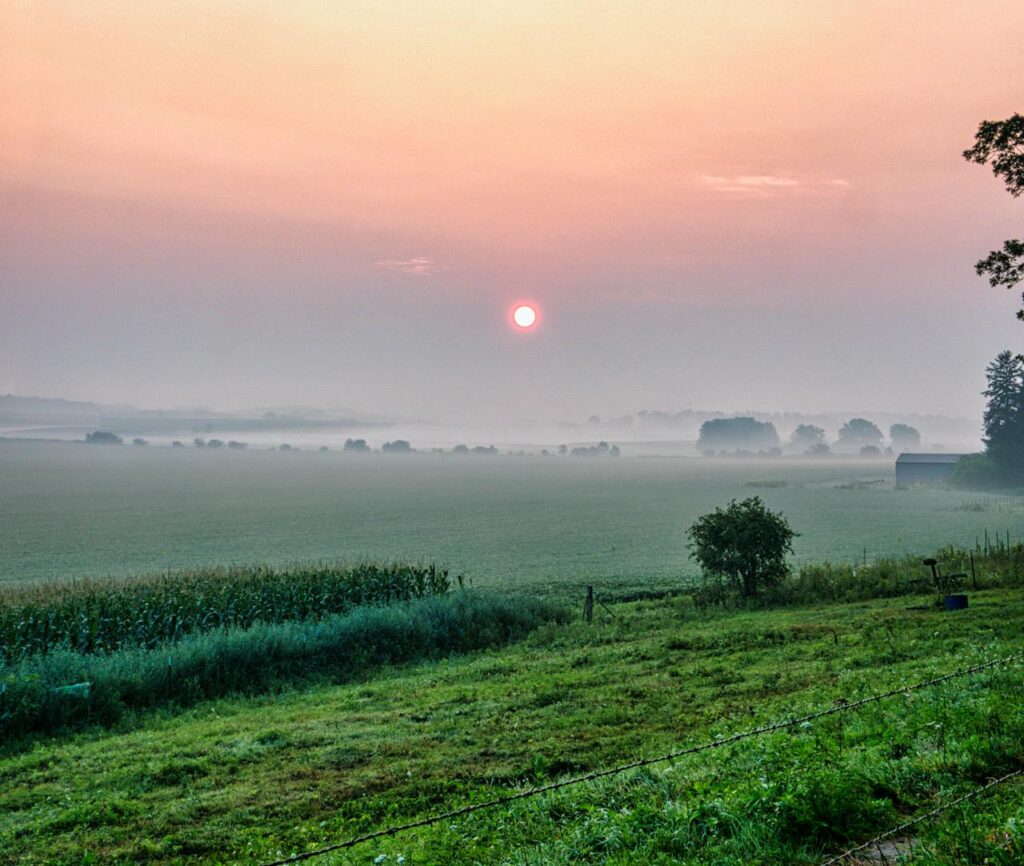In Jyotish, the Sun or Surya is considered the god of light and the source of energy and life. The Sun represents the self, vitality, ego, authority, and creativity. It is also associated with the father and paternal figures, as well as government and authority figures in society.
Ratha Saptami is a Hindu festival that falls on the seventh day (Saptami) in the bright half of the Hindu lunar month of Maagha. It usually occurs in late January or early February in the Gregorian calendar. This festival is dedicated to Surya, the Sun god.
The significance of Ratha Saptami lies in its association with the sun’s movement and its effects on human life. It is believed that on this day, the sun god Surya started enlightening the whole world. People observe this day by performing rituals, fasting, and offering prayers to Surya. It’s also believed that taking a bath in the river during Ratha Saptami is considered auspicious and brings blessings.
The festival also marks the change of season from winter to spring, which is considered an important transition in the agricultural calendar. Agriculturally, it’s seen as an auspicious time to start plowing the fields and preparing for the upcoming harvest season.
The rituals practiced on the day of Ratha Saptami may vary slightly depending on regional customs and family traditions. However, here are some common rituals observed during the festival:
1. Sunrise Bath: Devotees wake up early in the morning and take a ritual bath in rivers, lakes, or any sacred water body. This act is believed to cleanse the body and soul and invoke the blessings of Surya.
2. Offering Prayers: After the bath, devotees offer prayers to the Sun god. They may recite hymns, chant mantras dedicated to Surya, and perform aarti (a ritual of waving lighted lamps) to honor the deity.
3. Offerings: Offerings such as fruits, flowers, coconut, sweets, and incense are made to the Sun god as a gesture of devotion and gratitude. Offering water Jala Tarpana ritual with chanting is of high significance.
Sakkari Pongal Deliciously Sweet Yellow Rice is offered in South India.
4. Fasting: Some devotees observe a fast on Ratha Saptami as a form of penance and to seek blessings from Surya. The fast may last from sunrise to sunset or can be a partial fast where only certain foods are consumed.
5. Charity: Giving alms to the poor and needy is considered meritorious on Ratha Saptami. It is believed that acts of charity performed on this auspicious day bring blessings and prosperity.
6. Ratha Puja: In some regions, people also perform rituals involving the worship of miniature chariots known as Rathas representing the sun god’s chariot. These chariots are usually made of wood or metal and adorned with flowers, leaves, and other decorations.
7. Processions: In certain areas, processions featuring idols of Surya riding a chariot are carried out with pomp and grandeur. These processions are accompanied by music, dance, and chanting of hymns.
8. Venerating Cows: Cows hold a sacred status in Hinduism, and on Ratha Saptami, they are venerated as embodiments of divine energy. People offer prayers to cows, feed them, and seek their blessings for prosperity and well-being.
These are some of the common rituals observed during Ratha Saptami. However, specific customs and traditions may vary across different regions and communities within India.
In essence, Ratha Saptami holds significance both astronomically and agriculturally, and it is celebrated with fervor in various parts of India.

